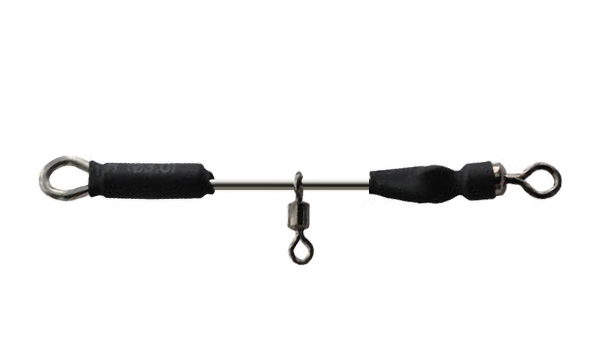

Crucian carp are small, so when choosing and assembling […]
Crucian carp are small, so when choosing and assembling fishing tackle for crucian carp, we should prepare with three words: light, fine and smart.
Light: Use a hand rod, you should be lighter, because the frequency of casting and lifting is very high when fishing for crucian carp, and the fatigue of the fisherman can be imagined. So generally choose a short rod of 2.7 meters. If you choose a carbon fiber rod, it will be lighter and more convenient.
Fine: The fishing line and hook should be fine. For crucian carp fishing, the finer the line, the better, and the more responsive. For the small crucian carp less than 50 grams, the thinnest line should be used; for the big crucian carp over 500 grams, the line should be thicker.
The hooks for crucian carp fishing should be No. 1 to No. 5, depending on the size of the fish. The hooks should be thin too. Small hooks can follow the fish's sucking and water into the fish's mouth. It is best to use non-barbed hooks, some fishermen think that non-barbed hooks love to run away from the fish, and there is always an unsteady feeling when using them. In fact, if you use barbless hooks when walking the fish, as long as the line doesn't collapse, the fish won't be able to get off the hook. The barbless hook is quick and easy to remove, especially for small fish, and it has evolved into a number of quicker ways to remove the hook. Non-barbed hooks can be attached to clothing or hooked to a person, making it easy to remove the hook.

Smart: In addition to the sensitivity brought by a fine line and small hook, a responsive float is also necessary. Another way to get responsiveness is to have a properly matched drift.
But in actual fishing, only the sensitivity is not enough, in the water temperature and pressure normal, the water with sufficient oxygen conditions, the fish swim quickly, scurrying to and fro in the hook bait side of the formation of channels of water, tuning a particularly sensitive drift, then will be affected by the current, the drift, the rod must be no fish. Sometimes a drift that is too sensitive will also be affected by wind and waves, and even the drift will drift with the current. In these cases, a dull drift is especially suitable, so you must choose the appropriate tackle and fishing technique according to the actual situation.
In addition, "sensitivity" is also related to some other issues: such as "sturdy" and "sensitive" is sometimes a contradiction, fishing club, sturdy is often a synonym for slow, the line is thicker. Bigger hooks give greater fishing power, which of course means sluggishness. However, there are many good quality hooks and lines nowadays, and this contradiction can be easily solved, only costing a little more money. Sensitivity" is also related to the physical condition of the angler, the response of the fine tip wind drift is very sensitive, but the angler's eyesight is not good, sometimes the angler can see the drift, but his hand can't keep up. So there are many other factors to consider when pursuing sensitivity.